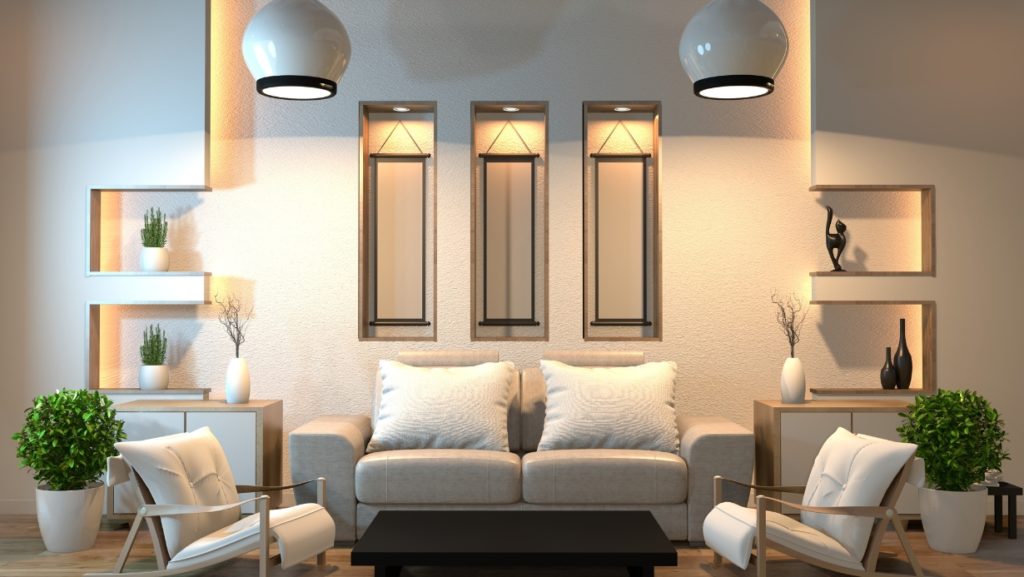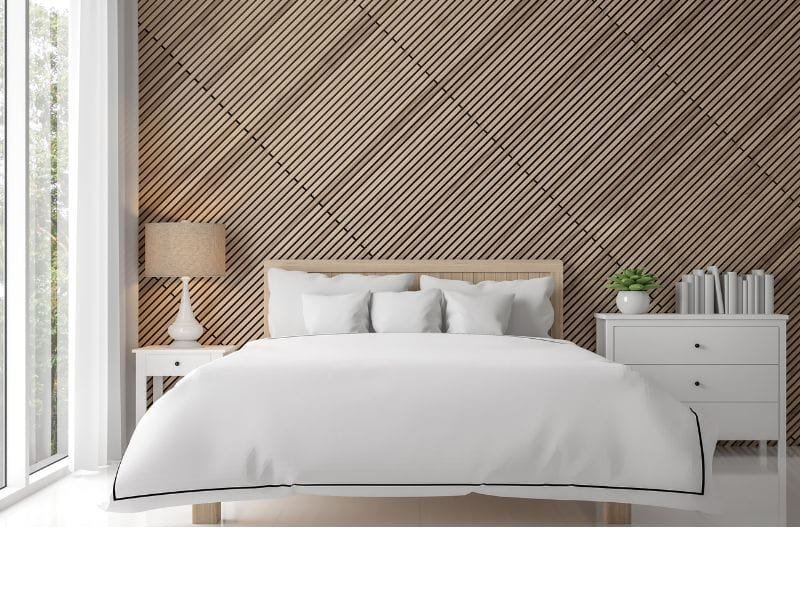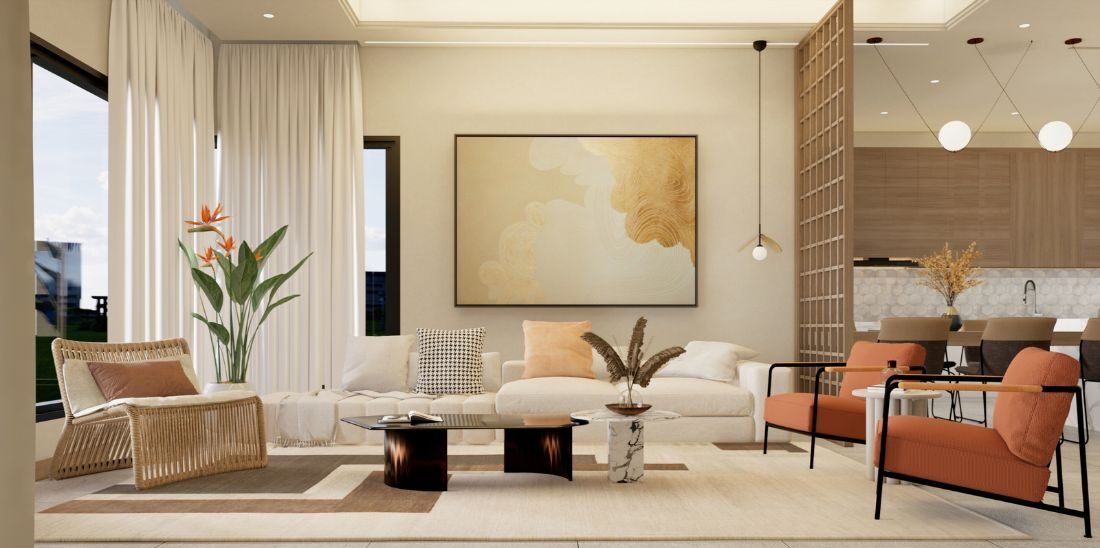It’s fascinating how our natural alertness during the day and relaxation at night are influenced by the quality and intensity of light. Our bodies respond to light differently, depending on its attributes, helping us feel rejuvenated or relaxed.
Light from artificial sources has the power to both energize and drain us, influence our health and emotions, and even contribute to the healing of physical ailments (such as full spectrum lights). Appropriate lighting not only sets the tone and purpose but directly affects productivity and influences our sleep cycles.
Here’s all you need to know about this enlightening topic:
- What is the color temperature of light?
- The Impact of Lighting on Our Sleep-Wake Cycles and Daily Activities
- Finding the Ideal Lighting for Productivity and Relaxation
- Why Energy-Efficient Lighting is a Game-Changer
- Quick & Simple Way to Find the Right Fixture for Your Space
- 13 Must-Know Lighting Tips and Insights from the Experts!
- Our Favorite Light Source “Lamps”!
What Is The Color Temperature Of Light?
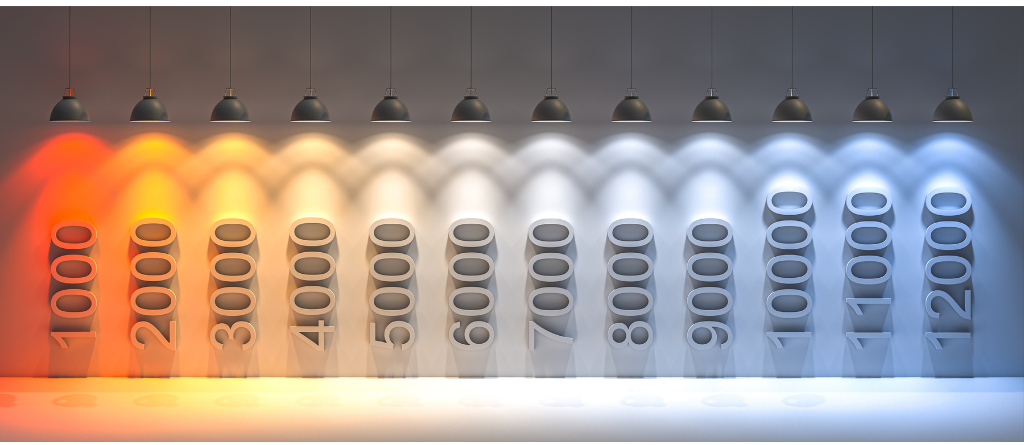
Lights come in different color temperatures, and the color temperature of lighting determines the hue emitted by the light source. Kelvins (K) measure temperature, which ranges from warm to cool.
Lighting heavily influences the aesthetics and functionality of a space. To select the right color temperature, consider what kind of environment you want to create or what purpose you will use it for..
Soft white
- (2,000 to 3,000 K)
- Gives off a warm, yellowish glow
- Ideal for creating a cozy ambiance in bedrooms, living rooms, restaurants, cafes, spas, and wellness centers.
Warm white
- (3,000 to 4,000 K)
- Slightly cooler but still warm
- Suitable for various activities and environments, such as kitchens, bathrooms, retail shops, and art studios.
Cool white/daylight
- (4,000 to 5,000 K)
- Emits a bluish-white light that’s brighter and more energetic
- Spaces that require precision, focus, and attention to detail benefit from bright lighting, including offices, hospitals, clinics, retail, classrooms, and showrooms.
The Impact Of Lighting On Our Sleep-Wake Cycles & Daily Activities
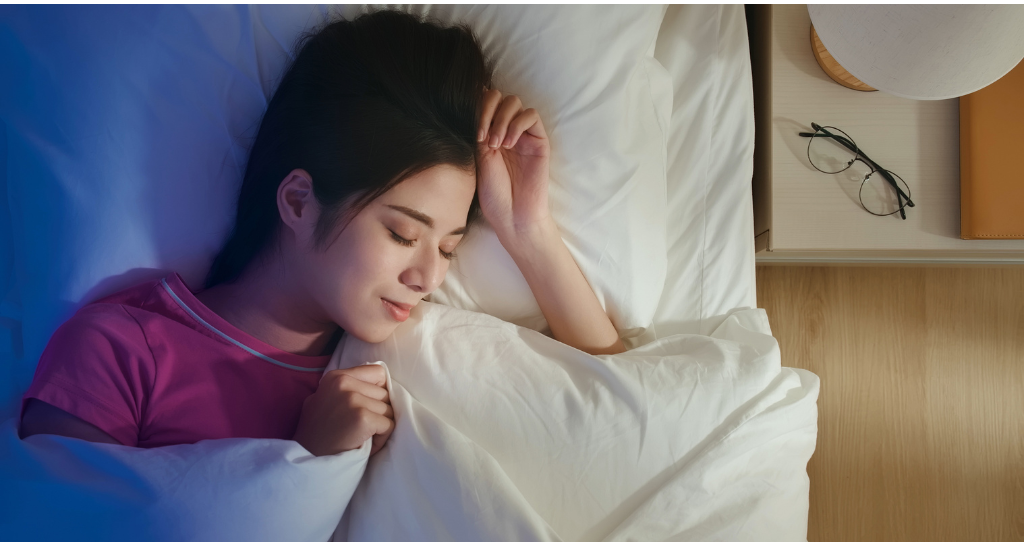
Circadian rhythms are internal clocks that control our body’s functions such as:
- Our sleep-wake cycles
- Hormone production
- Body temperature
- Metabolism
A person’s circadian rhythm influences their daily activities and behavior, including when they feel sleepy or alert and it is “Light” that regulates this cycle.
The natural course of light follows a 24-hour cycle. The blue light it emits during the day stimulates the brain’s alertness and wakefulness. While in the evening, the warm amber light signal that it’s time to wind down, promoting restful sleep.
Screens, bright lights, and other artificial lighting sources in our indoor environments can disrupt this delicate balance, possibly resulting in sleep disturbances and mood imbalances, as well as insomnia, sleep disorders, and other health problems. Thus, we can optimize our circadian rhythms and promote healthier sleep-wake cycles by paying attention to the color temperature of light in our surroundings.
Ideal Lighting For Productivity And Relaxation
For Productivity
A person’s level of relaxation or productivity depends on the color temperature of light, whether it’s crisp and bright or soft and warm. Therefore, the lighting temperature needs to be adjusted as follows:

Type: Use lighting with a 4,000K or higher color temperature.
- Emitting a bluish tint.
- Increases alertness, energy, and focus.
Suited For: This type of light is ideally suited to work environments that require high concentration, like offices, laboratories, and commercial kitchens. The bright and sharp light mimics natural daylight, enhancing cognitive performance.

For Relaxation
Type:
- Warmer lights with a yellowish tint, such as those below 4,000K.
- Provide comfort and relaxation.
Suited For: The warm yellow glow of these lights is associated with the peaceful state of dusk and dawn. They are ideal for creating a cozy and inviting environment in living rooms, bedrooms, or dining rooms.
Why Energy-Efficient Lighting Is A Game-Changer!
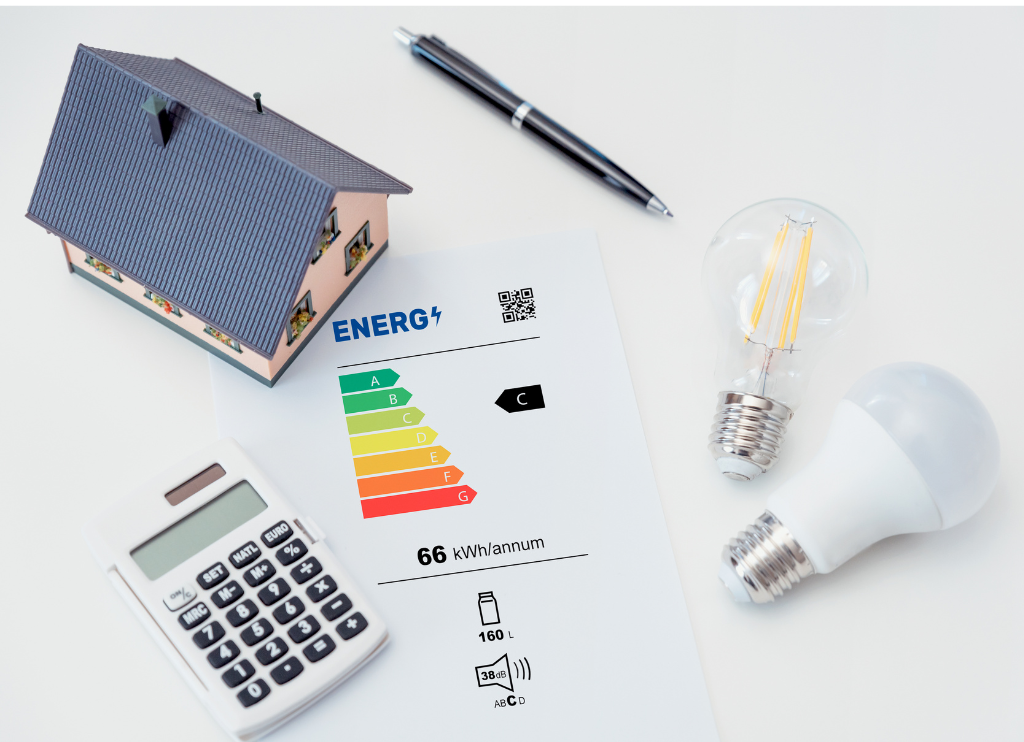
Increasingly, environmental concerns are addressing electricity as an important factor. Today, aesthetics and function are no longer the only considerations, but energy conservation is as important. Energy-efficient lighting has become increasingly important due to increased awareness of human activities’ negative effects on the environment. Lighting is now designed to reduce energy consumption and our carbon footprint with a focus on sustainability and intelligent energy use.
By choosing energy-efficient lighting options, we can do our part in protecting the environment and making a positive impact on a global scale.
The use of energy-efficient lighting reduces greenhouse gas emissions from energy production, one of the major causes of climate change. It produces the same amount of light with less electricity consumption, making it a smart and responsible choice for interior lighting since it not only contributes to the environment but also saves you money.
Here is a straight forward comparison between:
Energy-Efficient Lighting
- Uses up to 80% less energy
- Lasts significantly longer
- Reduce greenhouse gas emissions
- Lower electricity bills over time
- Provides versatile options for different lighting needs
- Helps create a greener, more sustainable future
Energy-Inefficient Lighting
- Uses more energy
- Has a shorter lifespan
- Contributes to higher greenhouse gas emissions
- Results in higher electricity bills
- Limited options for different lighting needs
- Harms the environment and wastes energy resources
Bulbs or fixtures with the “ENERGY-STAR” label, which means they meet strict energy efficiency criteria. A popular energy-efficient bulb is an LED, which uses less energy and lasts longer than conventional incandescent bulbs.
Most home improvement stores, lighting specialty stores, and online retailers offer energy-efficient lighting options. It’s a smart decision that benefits both your wallet and the planet!
Choose energy-efficient lighting for cost savings, environmental benefits, and a brighter, greener future! It’s a no-brainer!
Selecting Fixtures For Every Space: A Quick And Simple Guide!
A space is given a sense of dimension and style by different light sources. Below is a list of fixtures, where they can be used, and how they can enhance a space:
- Table lamps – Stylish and cozy lighting for side tables or nightstands in bedrooms or living rooms. Adds warmth and ambiance to any space.
- Floor lamps – Tall statement lamps for larger spaces or corners, providing ambient or task lighting and add to the decor.
- Wall sconces – Wall-mounted fixtures for accent lighting in hallways, bathrooms, or outdoor spaces. Functional and decorative lighting option.
- Pendant lights – Suspended from the ceiling, focal points in kitchens, dining areas, or entryways. Stylish and eye-catching lighting element.
- Recessed lights – Ceiling-installed, provide general or task lighting without taking up visual space. Ideal for larger areas or a minimalist look.
- LED strip lights – Flexible strips with embedded LEDs for creative and versatile lighting options. Suitable for under-cabinet or accent lighting.
- Chandeliers – Ceiling-mounted fixtures with multiple arms or branches, add elegance and grandeur to formal settings like dining rooms or entryways.
- Edison bulbs – Vintage-style bulbs with exposed filaments for a nostalgic and warm ambiance. Used in pendant lights or wall sconces with retro or industrial aesthetics.
- Smart bulbs – LED bulbs controlled remotely via a smartphone or smart home system. Customizable lighting options, scheduling, and energy-efficient settings.
- Natural light sources – Windows, skylights, and glass doors for a fresh and uplifting atmosphere. Bring natural light to any space.
Here are 13 lighting tips you need to know!
Ready to light up your space like a pro? With these helpful ideas, you can brighten up your interiors and make a lasting impression!
- Layered Lighting: Layered lighting is one of the most effective ways to enhance a room’s design by combining ambient, task, and accent lighting to create depth, ambiance, and functionality.
- Statement Pieces: Use bold chandeliers or pendant lights to enliven dull spaces.
- Dimmer Switches: Adjust lighting for various moods, save energy, and increase room versatility.
- Mirrors for Reflection: Make small spaces appear larger by using mirrors to reflect light.
- Accentuate Details: Highlight architectural features or artwork with accent lighting.
- Task Lighting: Install task lighting in crucial areas like the kitchen and bathroom.
- Subtle Glow: Employ concealed LED strip lights for a subtle and captivating ambiance.
- Motion Sensor Convenience: Enhance convenience and energy efficiency with motion sensor lights.
- Magical Atmosphere: Add fairy lights for a whimsical ambiance in cozy corners or kids’ rooms.
- Artwork Illumination: Use picture lights to showcase artwork with a gallery-like effect.
- Dynamic Heights: Experiment with pendant lights at varying heights for a dynamic appearance.
- Outdoor Enhancement: Elevate outdoor spaces with landscape lighting, string lights, or lanterns.
- Mood Enhancement: Balance overhead lighting with floor or table lamps for a mood-enhancing atmosphere.
Next, Our Favorite Light Source “Lamps”!
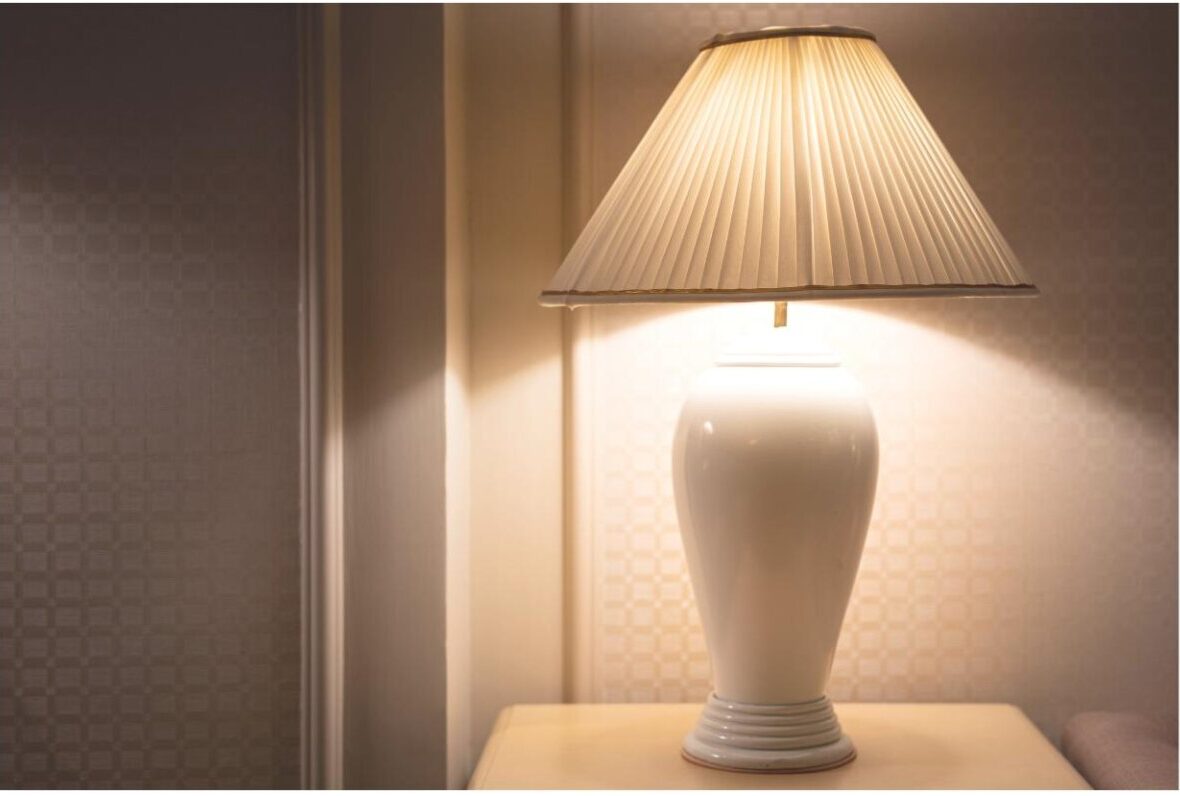
The Charming Essence Of Lamps
In the same way as sitting beside a cozy outdoor fire, lamps have a unique quality that instantly transforms the ambiance of a room and makes one feel warm and cozy.
Connecting With Our Ancestors
It’s that comforting sense of security that takes one back to our ancestors who relied on fire for warmth and safety at night. A lamp emits a soft, gentle glow that fills the space with wholesome and inviting light.
Enhancing beauty with soft illumination
But that’s not all! Lamps truly enhance the beauty of a room and provide that flawless finishing touch to the overall lighting scheme. They balance and spread light to the corners where overhead lights may not reach creating a wholesome touch to a room’s atmosphere.
Illumination That Serves A Purpose
There’s an irresistible charm about lamps that draws one in, making one want to snuggle up beside them while indulging in favorite activities like reading a book or sipping a cup of tea. An evening lamp creates a cozy feeling that welcomes you to unwind and relax after a long day.
Lighting Solutions That Are Versatile
Table or floor lamps offer an ideal lighting solution for any room. They can be energy-efficient, come in a variety of styles, provide focused task and accent lighting, add a decorative element, are dimmable, offer a layered lighting design, and are easy to install and move.
With their versatility, table and floor lamps provide a comprehensive lighting solution for a variety of rooms. In addition to being energy efficient, they are available in different styles, provide focused task and accent lighting, contribute to decorative elements, allow dimming, support layered lighting designs, and are easy to install and move.
Point Of Alignment
Lighting is more than just flipping a switch – it influences our behavior or mind. Understanding light’s color temperature is vital for creating specific atmospheres, be it for productivity, relaxation, or comfort. Yet, it’s equally important to layer different light types from various sources and opt for energy-efficient options.
Just like designers, you can get creative with your lighting! Let your imagination shine, and let there be light (the right) in our lives!

